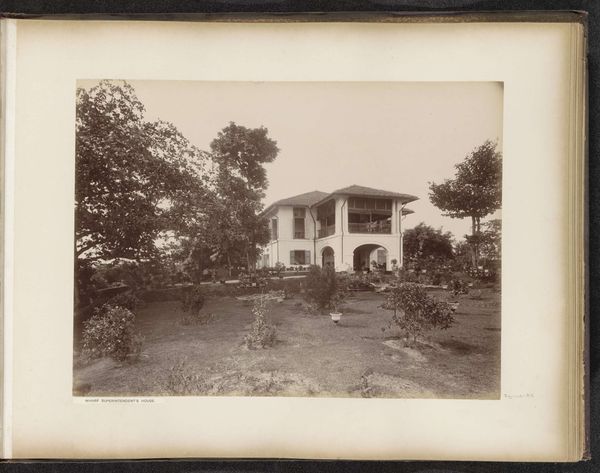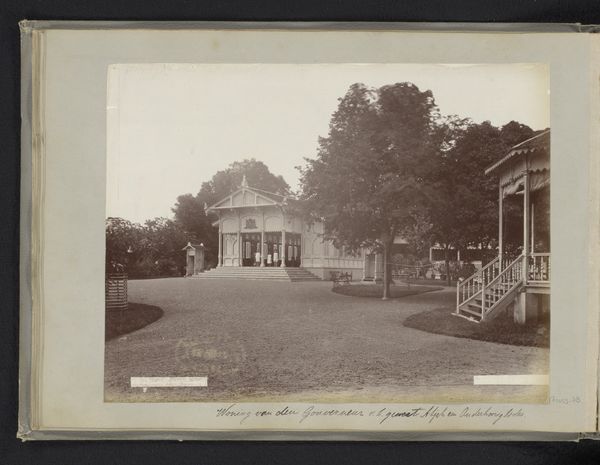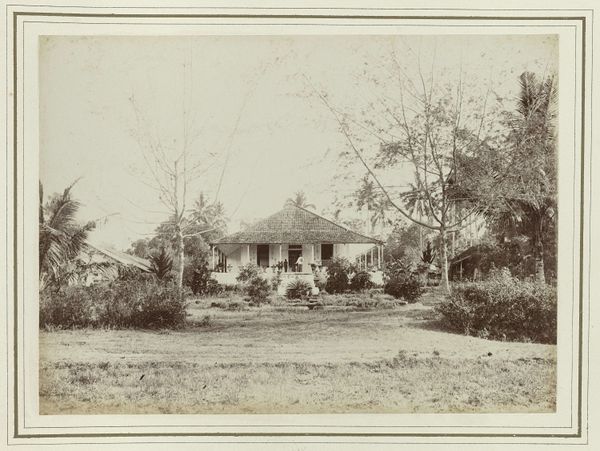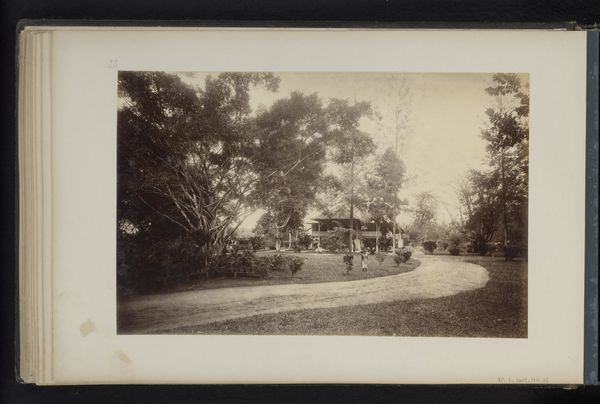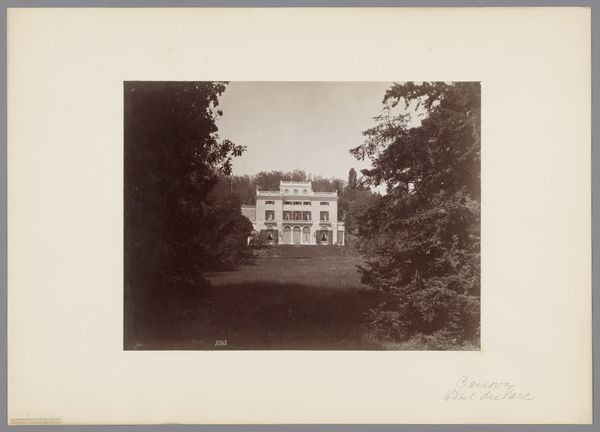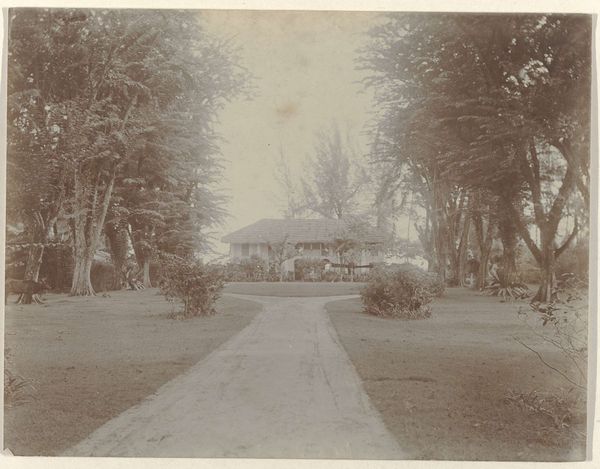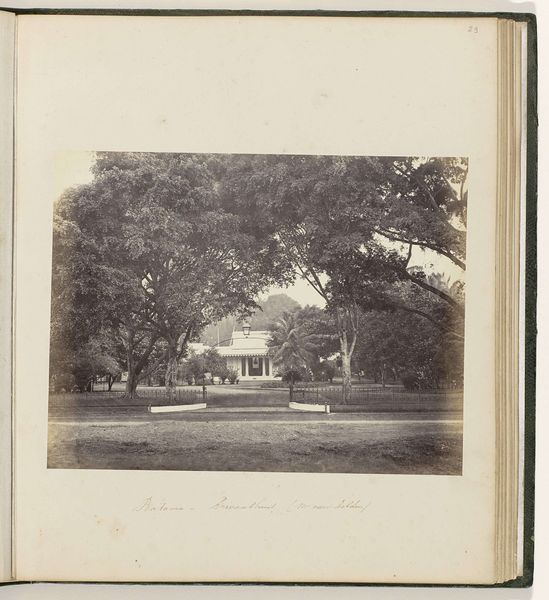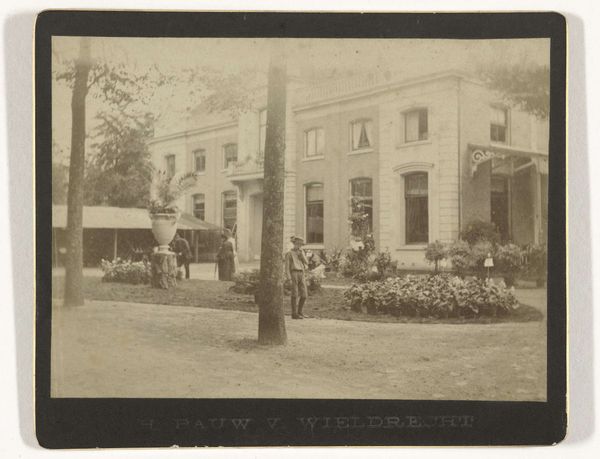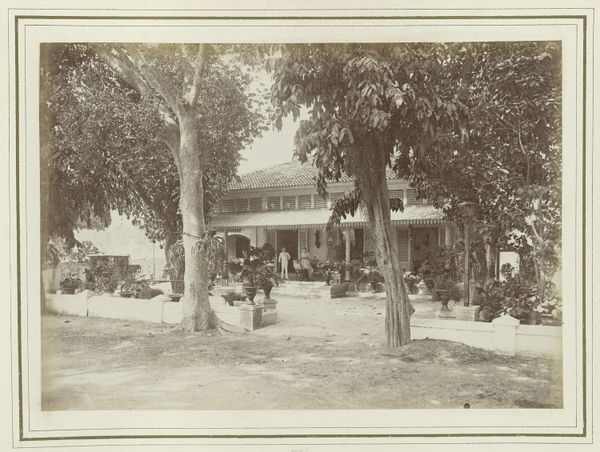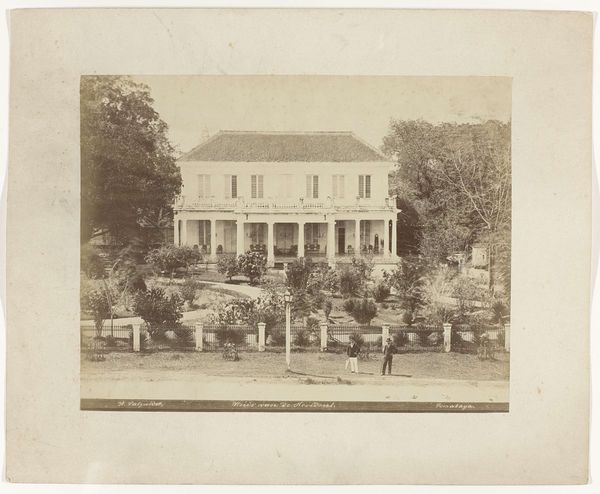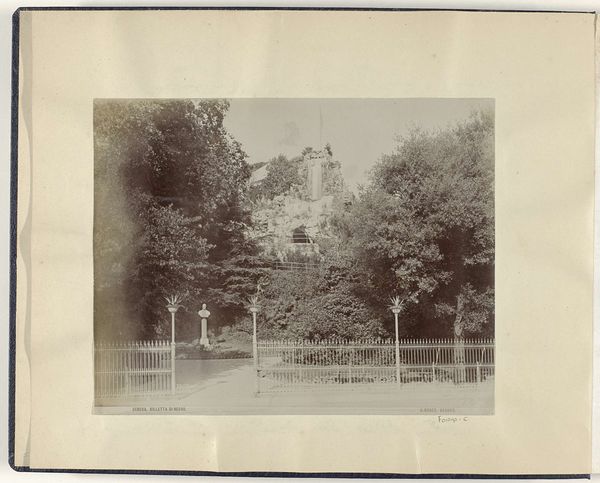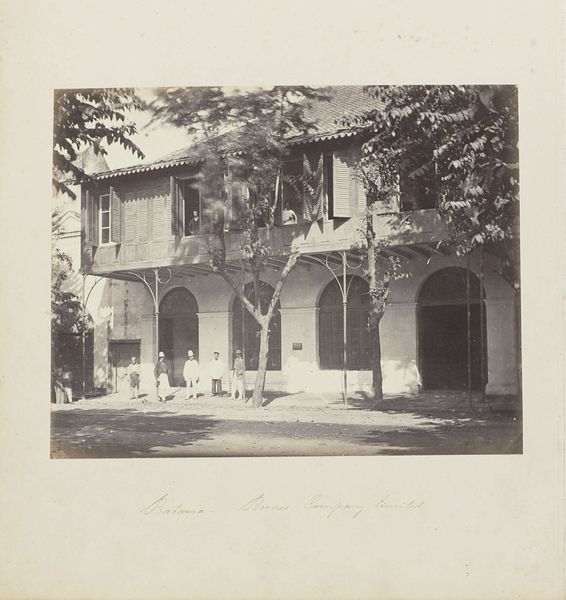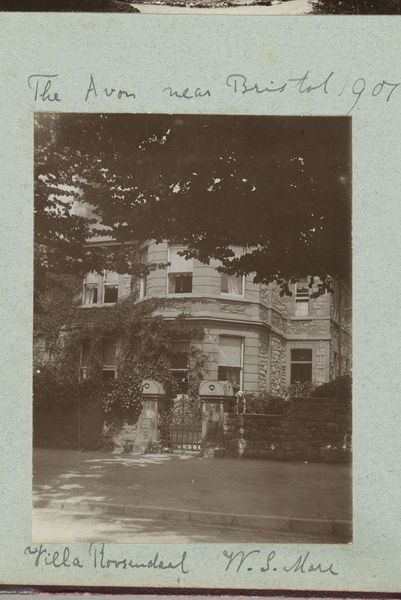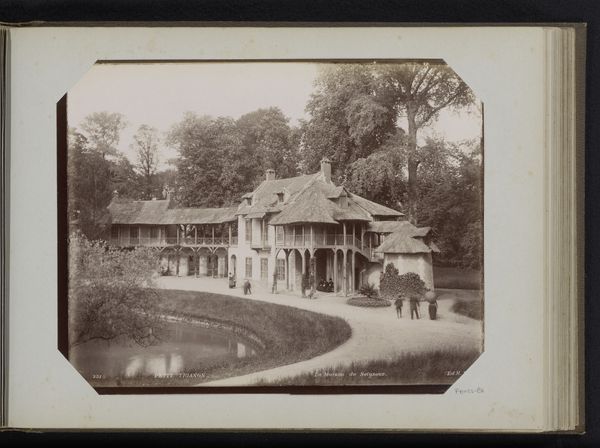
Pagina 24 van fotoboek van de Algemeene Vereeniging van Rubberplanters ter Oostkust van Sumatra (A.V.R.O.S.) c. 1924 - 1925
0:00
0:00
jwmeyster
Rijksmuseum
photography, gelatin-silver-print
#
landscape
#
photography
#
photojournalism
#
gelatin-silver-print
#
cityscape
#
realism
Dimensions: height 240 mm, width 310 mm
Copyright: Rijks Museum: Open Domain
Curator: Immediately striking. There’s a certain melancholy, almost like a memory fading in the sepia tones. What’s your first impression? Editor: It reminds me of old postcards. The texture of the print, that heavy paper feel. It speaks of labor and industry… I find myself thinking of the darkroom. Curator: Indeed. We’re looking at page 24 from a photo book titled "pagina 24 van fotoboek van de Algemeene Vereeniging van Rubberplanters ter Oostkust van Sumatra (A.V.R.O.S.)," roughly dating from 1924 or 1925. It's held here at the Rijksmuseum. What visual clues do you find intriguing here? Editor: The composition is so carefully arranged – the curve of the driveway, leading the eye, with that imposing building to the left. Look at that house... you can almost smell the wood, feel the weight of it all in a place like Sumatra. The materiality speaks to the power dynamics. Curator: Precisely! Note the imposing colonial architecture of the European housing against the verdant landscape, emphasizing control and… alienation. The architecture serves as an aggressive symbol. Editor: It's hard to look at it now and not see the implications. I wonder, did Meyster, the photographer, ever reflect on the labor practices or how it felt for people to construct such architecture, what their take was on it? Curator: It pushes us to reflect on the narratives that are privileged and those that remain unheard in historical records. The very medium – the gelatin silver print – speaks of the technologies that enabled this expansion. It represents power. Editor: It also prompts reflection. What remnants of the people that built that, made the place exist, remain, that might be important? What objects can tell us about those people and processes? Curator: Precisely, and I believe, as viewers, we share the role of custodians, entrusted to carry these memories. Editor: Exactly, so here’s to digging into material stories that get untold about buildings. Curator: A journey through visual and material history.
Comments
No comments
Be the first to comment and join the conversation on the ultimate creative platform.
